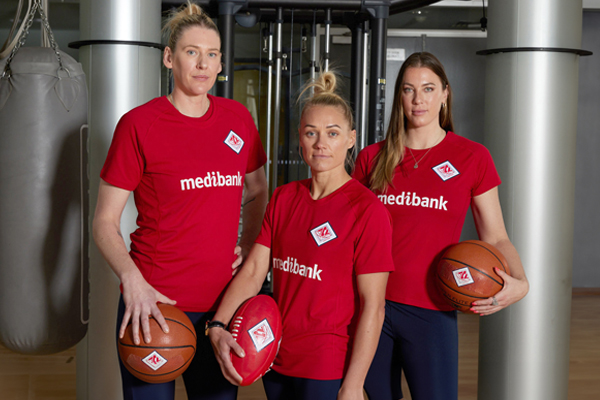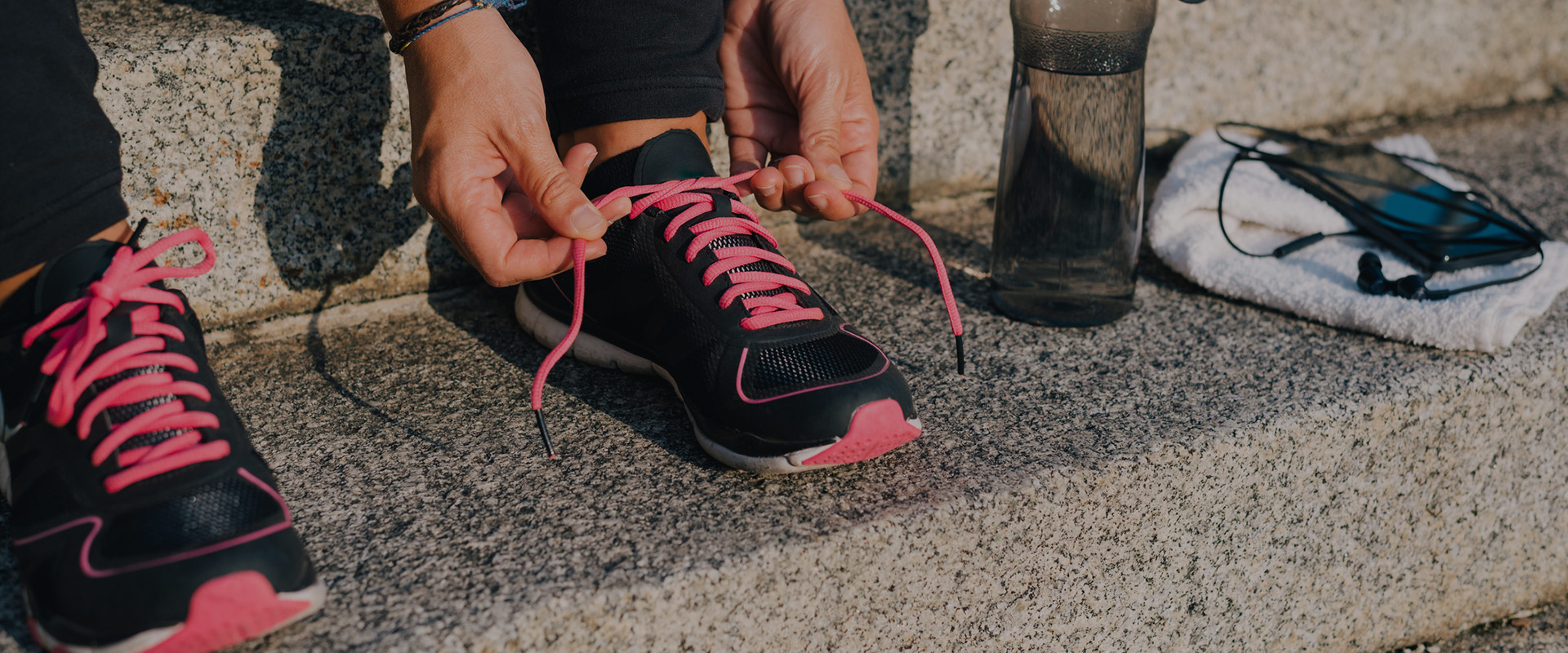-
Australian runner and exercise scientist Liam Adams has some serious sporting goals on the horizon. With his first marathon event scheduled later this year, Liam is gearing up to run a fast debut time and challenge for the win. Securing spots on the Australian team for the Olympic, Commonwealth and World Championship events are long term goals that this determined, focused and driven athlete has firmly in sight.
Ambassador for Adidas’ adiRunner program, that provides sponsorship, advice and mentoring to the next generation of competitive runners, Liam has a wealth of knowledge and experience to share with up and coming athletes. Having studied a Bachelor of Exercise and Human Movement at Victoria University, Liam draws on his practical and theoretical skills to offer his top five tips to the aspiring runner.
- The principle of individual difference Because we are all unique individuals, we will all have a slightly different response to an exercise program. Well-designed exercise programs should be based on individualised differences and responses to exercise. Some of these differences have to do with body size and shape, genetics, past experience, chronic conditions, gender, and health and injury history.
- Recovery Recovery is as important as the session. You have to make sure you get enough rest along the way through rest days and easy runs that are built into the training plan for a reason. There is a huge amount of literature on different theories of recovery methods such as the different water therapies, massage, types of stretching, different hydration recovery method, nutrition recovery method, supplements and vitamins, relaxation techniques, compression garments. Do a little research about the latest recovery methods and trial the method in your training and racing. Different methods suit different people so it is best to work out what gives you the best results.
- Using science to train smart Use science and technology to gauge what your ideal training zones are and work out what times you should actually be doing for certain training sessions or runs. Get tests done such as VO2 max and blood lactic tests and use the information gained to work out the different heart rate zones or the times you should be training towards. If you can train to your ideal times/zones than you will get the most out of your training and run your best when it comes to racing.
- Periodisation Understand your training sessions and know why you are doing specific sessions for that period of the year/season. You can’t race at your best or peak for the whole year, so you need to get the general phases correct and build up to the business part of the season. It is vital that you get your base training phase in at the start of your training phases. It’s the building block that allows you to build your intensity/quality as your season matures. Make sure you are honest with yourself in your training as in not training too hard, not training too slow and doing the right amount of mileage for that phase. Use races to help build towards your peak and if necessary use races as a training session.
- Monitor Keep a detailed training diary where you can analyse training loads by qualitative & quantitative data of certain aspects of the training week or block of training. Monitor the training loads and your responses to training ultimately by performance but also by recovery. Monitor your performance by results in racing, time trials or key sessions and how you feel doing them. Monitor your recovery by soreness, flexibility, amount of sleep you are getting per night and the quality of sleep, scores you get in recovery stress questionnaires, monitoring resting heart rate or heart rates during certain types of runs or sessions, blood tests and do other physiological tests to help analyse your health or recovery. By monitoring your recovery you can reduce training, when necessary, according to training responses, which could ultimately prevent you pushing too far and becoming sick, injured or flat.
5 ways to improve your run

-
Everything you need to know about parkrun
Been wondering what a parkrun looks like? Where do you go? What do you do? How do you sign up? Find out here.
-
Five ways to exercise when on a budget
You don’t need to spend money on gym memberships just to meet your fitness goals. Here are five free ways to stay healthy and active when you’re living on a budget.
-
How parkrun changed my life
Christie Farrow went from being an exercise-phobe to a true blue runner with parkrun.
-
Australia's top female athletes unite on ACL injury
Some of Australia's most talented athletes have joined forces to highlight the unique injury challenges women face.
-
How to create your perfect summer fitness plan
Be inspired by the sunshine and get moving
-
The essential foam rolling routine
Improve posture and flexibility with this essential foam rolling routine. Discover effective stretches to ease muscle tightness and enhance your daily movement.
Subscribe to receive the best from Live Better every week. Healthy recipes, exercise tips and activities, offers and promotions – everything to help you eat, move and feel better.
By clicking sign up I understand and agree to Medibank's privacy policy






